As the world moves into the era of the Green Revolution, you can’t ignore the important role that alternative power sources play, specifically focusing on hydrogen-powered cars. This technological innovation may potentially steer the world towards an environmentally friendly future, drastically reducing the reliance on fossil fuels. The idea of powering vehicles with hydrogen isn’t new, but recent advances have pushed it to the forefront of green energy discussions. This article will explore how hydrogen cars work, their pros and cons, and their potential impact on the future of transportation.
Contents
- 1 The Basics Of Hydrogen As A Power Source
- 2 The Science Behind Hydrogen-Powered Cars
- 3 The Development Of Hydrogen-Powered Cars
- 4 Pros Of Hydrogen-Powered Cars
- 5 Cons Of Hydrogen-Powered Cars
- 6 Real-Life Examples Of Hydrogen-Powered Cars
- 7 Hydrogen Infrastructure: The Current State And Future Possibilities
- 8 Comparison with Other Green Vehicles
- 9 Government Policies And Incentives
- 10 Future Outlook For Hydrogen-Powered Cars
- 11 Hydrogen-Powered Cars Offer A Promising Future!
The Basics Of Hydrogen As A Power Source
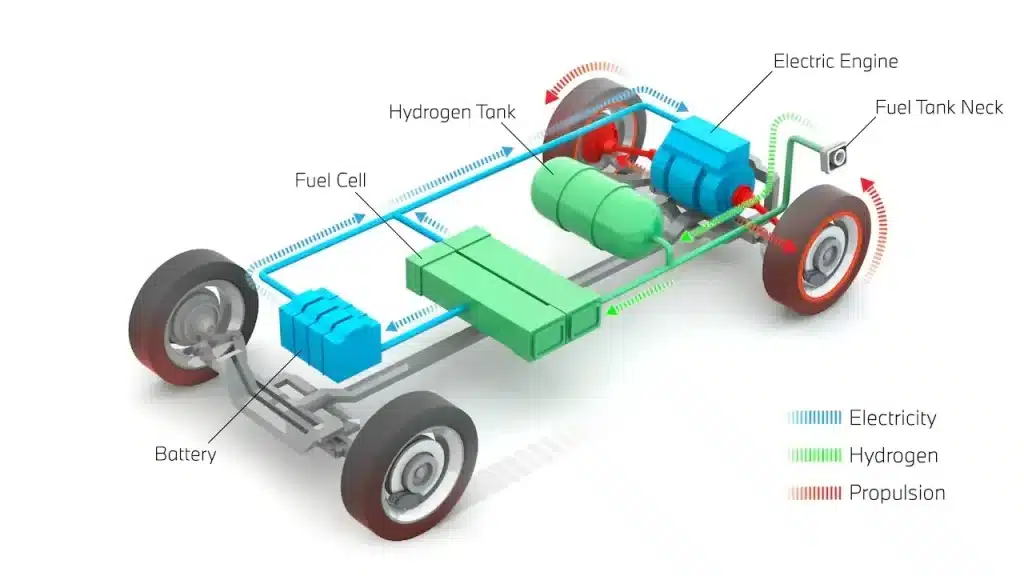
Hydrogen is an abundant element that can be harnessed as an excellent power source. It contains three times more energy per pound than gasoline, making it a highly efficient fuel source. Moreover, hydrogen only emits water vapor when used as a fuel, leaving no harmful emissions behind. This process happens through a method called electrolysis, where electricity is used to separate hydrogen from water, providing a clean, renewable energy source.
The potential of hydrogen power goes beyond vehicles. This element could potentially transform the entire energy system, providing a sustainable solution for power generation, heating, and even heavy industries. However, it’s important to note that while hydrogen itself is clean, the process of producing it is currently dependent on fossil fuels, although efforts are being made to move towards greener production methods.
The Science Behind Hydrogen-Powered Cars
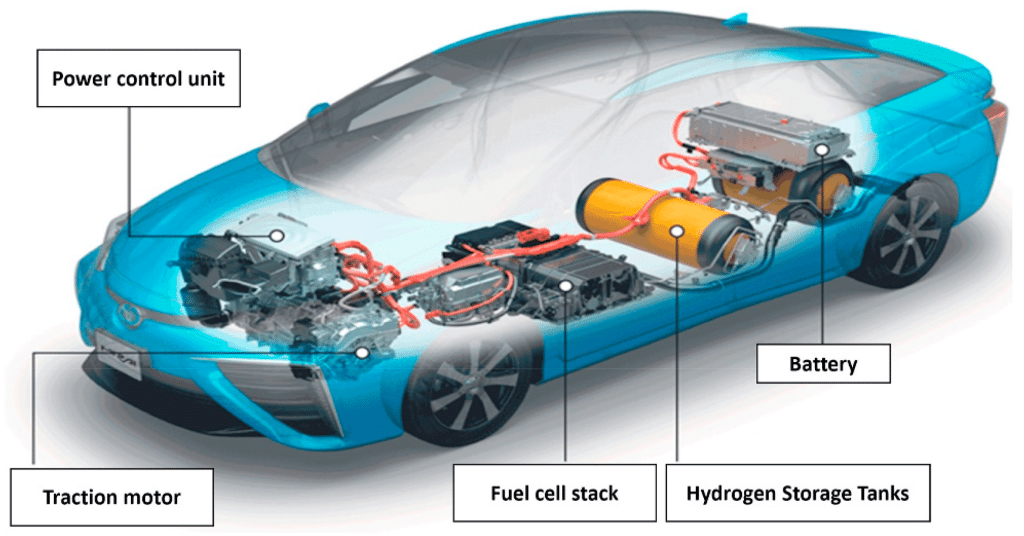
Hydrogen-powered cars, often referred to as Fuel Cell Electric Vehicles (FCEVs), operate on the principle of combining hydrogen and oxygen to generate electricity. This process occurs in a fuel cell, where hydrogen gas is forced through a membrane, causing a chemical reaction that generates electricity to power the motor. Unlike traditional cars, FCEVs don’t require external charging stations, as they can refuel with hydrogen at a station, similar to traditional gasoline vehicles.
When compared with combustion engines, hydrogen cars have several advantages. They emit only water vapor, making them a zero-emission vehicle. They also provide a longer driving range and quicker refueling times compared to electric vehicles. However, it’s essential to understand that this technology is still emerging, and widespread adoption hinges on advancements in fuel cell technology and the availability of hydrogen fueling stations.
The Development Of Hydrogen-Powered Cars
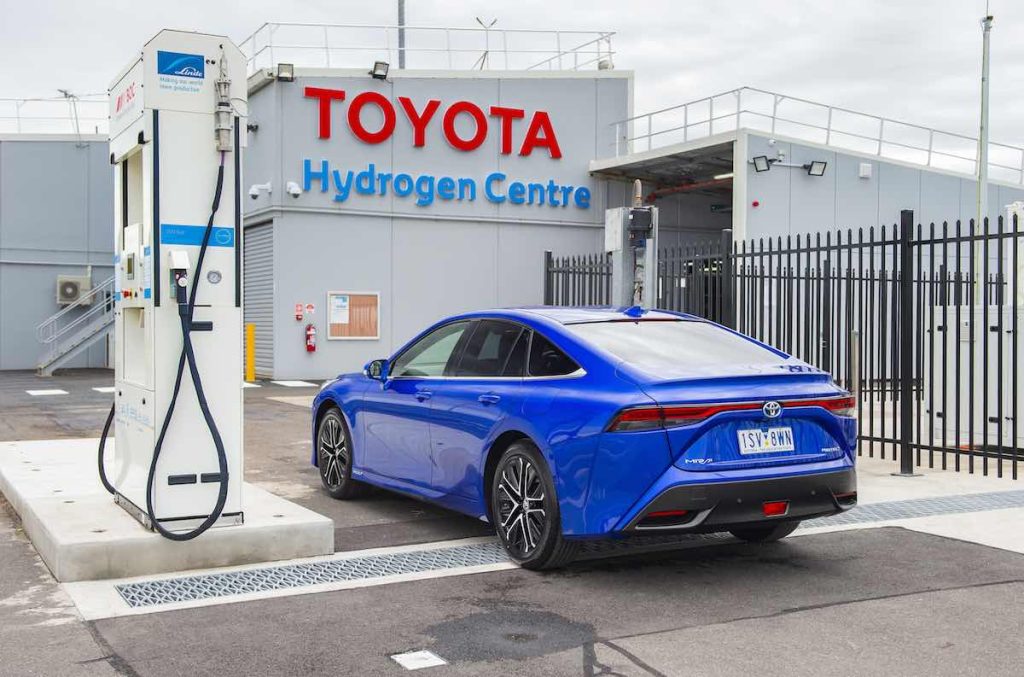
As previously mentioned, the idea of using hydrogen as a vehicle fuel source isn’t new, but the technology needed to make it a reality has only recently become advanced enough to consider it a viable alternative. Several automobile manufacturers, including Toyota, Honda, and Hyundai, have released hydrogen fuel cell vehicles for commercial use. These models have shown that hydrogen-powered cars can be practical, efficient, and environmentally friendly.
While these advancements are promising, they are still in the early stages. Many challenges need to be addressed before hydrogen cars become commonplace, including developing a robust hydrogen fuel infrastructure, improving fuel cell longevity, and reducing production costs. Nonetheless, the technology is improving rapidly, suggesting a bright future for hydrogen-powered vehicles.
Pros Of Hydrogen-Powered Cars

Hydrogen-powered cars offer several advantages, chief among them being their potential to significantly reduce greenhouse gas emissions. Given that they only emit water vapor, they could substantially contribute to reducing the environmental impact of transportation. Additionally, hydrogen fuel cells are highly efficient, enabling these vehicles to achieve excellent fuel economy.
Another significant advantage is the refueling time. Hydrogen cars can be refueled in just a few minutes, similar to conventional cars, which is a marked advantage over electric vehicles that often require hours to recharge. This could be a critical factor in the widespread adoption of hydrogen cars, particularly for long-distance drivers and commercial transportation, where minimizing downtime is essential.
Cons Of Hydrogen-Powered Cars

Despite their benefits, hydrogen-powered cars also have several drawbacks. For one, the hydrogen production process currently relies heavily on natural gas, meaning that while the vehicles themselves emit only water, the fuel production process can still produce greenhouse gasses. Another challenge is the lack of infrastructure, as there are far fewer hydrogen refueling stations than gasoline stations or electric vehicle charging points.
Additionally, hydrogen gas is challenging to store and transport. It’s extremely light and diffuses quickly, meaning it requires strong, well-sealed containers. These factors currently make hydrogen vehicles more expensive to produce and purchase compared to other vehicle types. However, as technology advances and economies of scale come into play, these costs are expected to decrease.
Real-Life Examples Of Hydrogen-Powered Cars
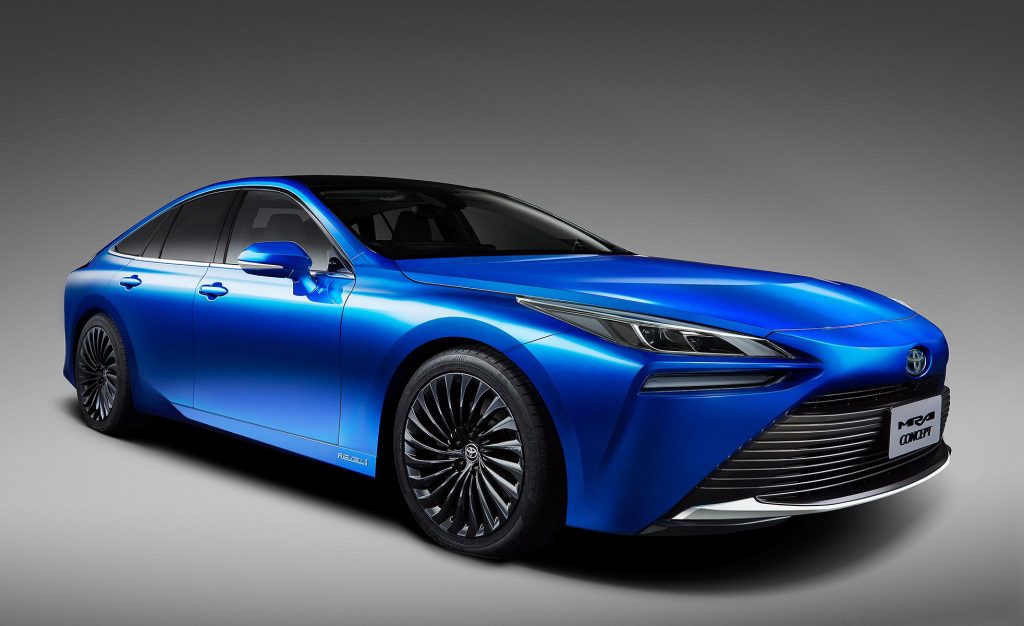
There are already several hydrogen-powered cars on the market, demonstrating the viability of this technology. The Toyota Mirai, for instance, is a hydrogen fuel cell vehicle that has been praised for its smooth ride, luxurious interior, and impressive range. Another example is the Hyundai Nexo, which offers a range of up to 380 miles, significantly more than most electric vehicles.
Honda also has a player in the game with its Clarity Fuel Cell vehicle, which offers a sleek design, comfortable ride, and excellent fuel efficiency. These real-life examples serve to underline the fact that hydrogen-powered cars are not a distant dream but a tangible reality. They also show that while challenges remain, significant progress is being made in making these vehicles a viable choice for consumers.
Hydrogen Infrastructure: The Current State And Future Possibilities
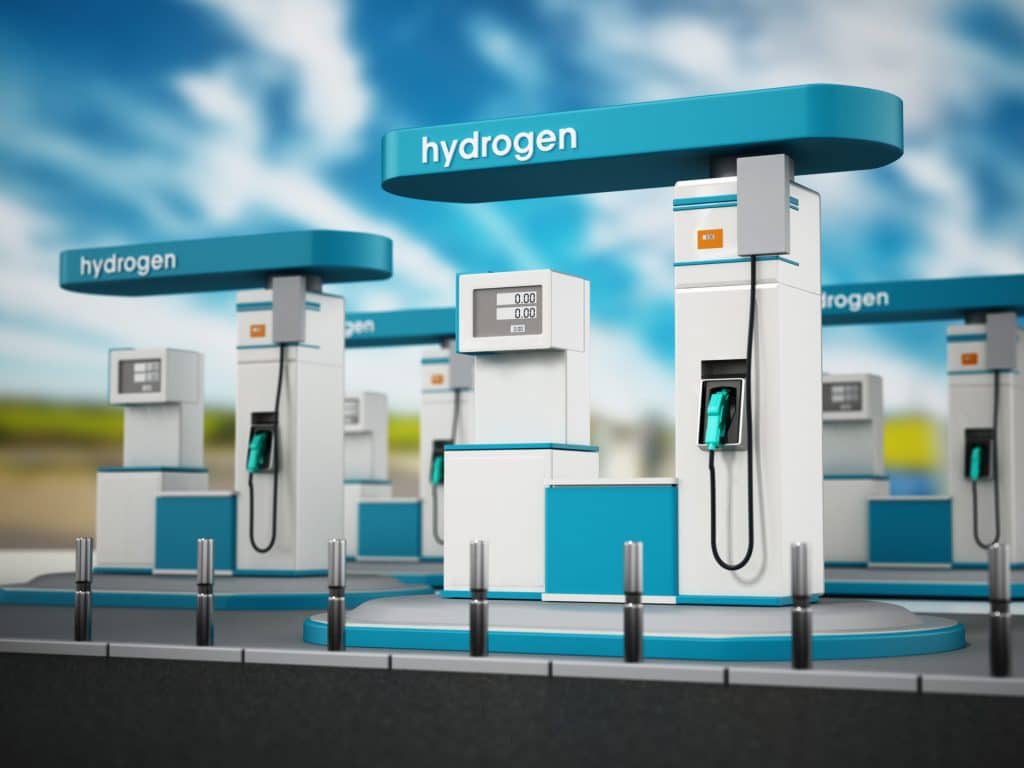
One of the most significant challenges facing the adoption of hydrogen-powered cars is the lack of a comprehensive refueling infrastructure. There are currently far fewer hydrogen fueling stations than gasoline stations or electric vehicle charging points, particularly outside of major cities. This limits the practicality of owning a hydrogen-powered car for many people.
However, the situation is improving. Governments and private companies are investing in the development of hydrogen infrastructure, and the number of hydrogen refueling stations is gradually increasing. There are also efforts to develop home refueling units, allowing owners of hydrogen cars to refuel their vehicles at home. As this infrastructure develops, hydrogen-powered cars are likely to become a more practical and appealing option for more people.
Comparison with Other Green Vehicles
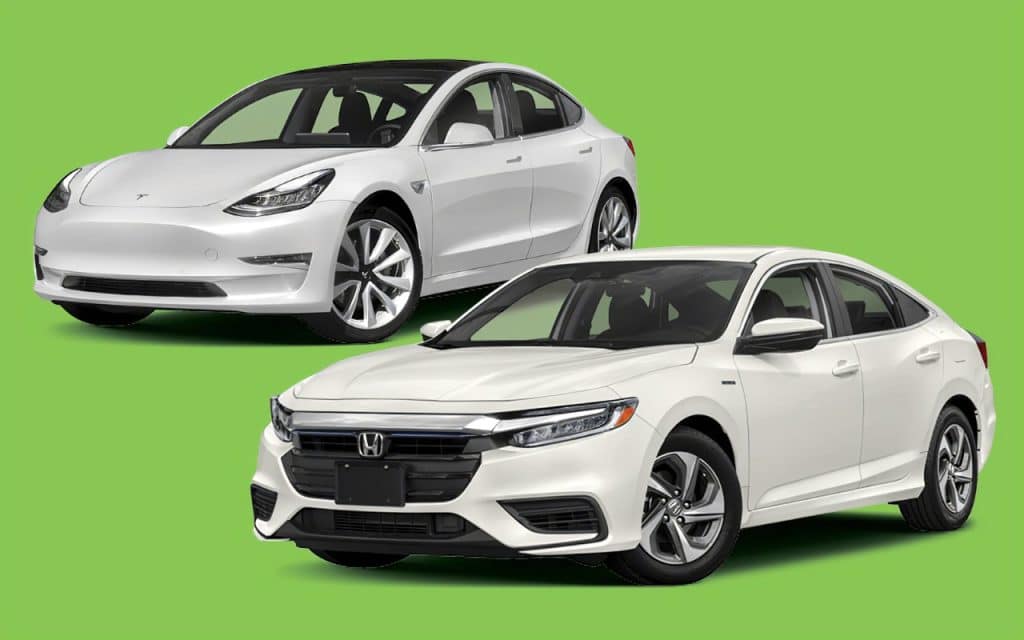
When compared to other green vehicles, like electric cars and hybrids, hydrogen-powered cars have both advantages and disadvantages. In terms of refueling time and range, hydrogen cars outperform electric vehicles. However, electric cars currently have a significant advantage in terms of infrastructure, with many more charging points available than hydrogen refueling stations.
Moreover, the initial cost of purchasing a hydrogen car is typically higher than an electric vehicle or hybrid. However, it’s worth noting that as the technology and infrastructure develop, these costs are expected to decrease. Ultimately, the choice between a hydrogen car and another type of green vehicle will depend on a variety of factors, including personal preferences, driving habits, and the availability of refueling or charging infrastructure.
Government Policies And Incentives

Government policies and incentives can play a crucial role in promoting the adoption of hydrogen-powered cars. Several governments worldwide have introduced policies aimed at promoting the use of hydrogen as a fuel source for vehicles. These include subsidies for purchasing hydrogen vehicles, investments in hydrogen infrastructure, and targets for increasing the number of hydrogen vehicles on the roads.
In many countries, there are also incentives for buying green vehicles in general, which can apply to hydrogen cars. These can include tax credits, rebates, and exemptions from certain charges or fees. Such policies can make hydrogen cars more financially attractive, encouraging more people to consider them as a viable option.
Future Outlook For Hydrogen-Powered Cars
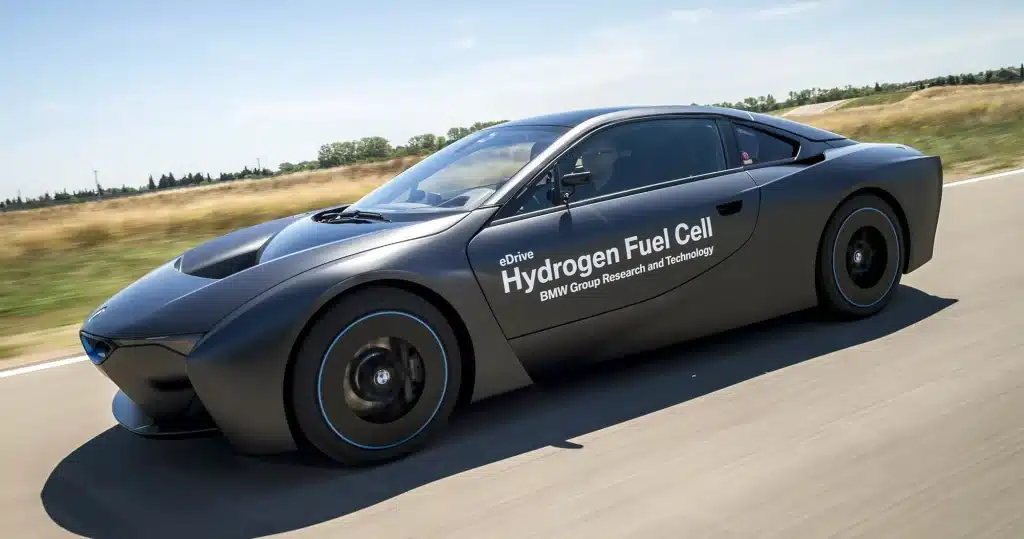
The future of hydrogen-powered cars looks promising. With increasing interest in sustainable transport, the demand for green vehicles will likely continue rising. While the hydrogen fuel cell vehicle market is currently small compared to the electric vehicle market, it is growing rapidly, and with continued advancements in technology and infrastructure, its share of the market could increase significantly.
There are undoubtedly challenges ahead, including improving the environmental impact of hydrogen production, building a robust hydrogen refueling infrastructure, and reducing the cost of hydrogen vehicles. However, with concerted effort and investment, these challenges can be overcome, paving the way for hydrogen-powered cars to play a significant role in the green revolution.
Hydrogen-Powered Cars Offer A Promising Future!
Hydrogen-powered cars have the potential to significantly contribute to the Green Revolution, offering a sustainable and efficient alternative to fossil fuel-based vehicles. While challenges remain to be addressed, particularly in terms of infrastructure and production costs, the technology is advancing rapidly. With the growing demand for green vehicles, support from governments, and ongoing innovation from manufacturers, hydrogen-powered cars are poised to become a significant player in the world of sustainable transportation. They represent a promising path toward a cleaner, greener future.


